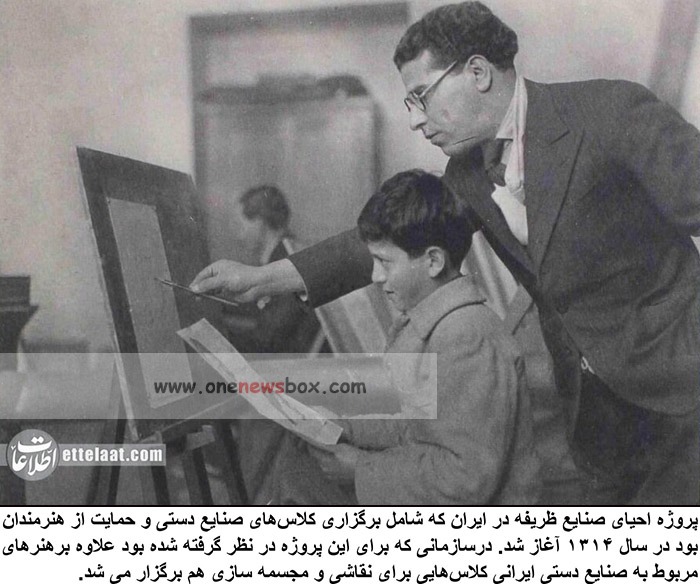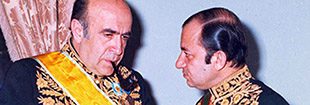In the mid-1930s, Iran stood at a crossroads between tradition and modernity. The reign of Reza Shah Pahlavi (1925–1941) marked a decisive period in which sweeping reforms reshaped every dimension of society—politics, economy, infrastructure, education, and culture. Among these transformations was a project that, while less known than industrial or military reforms, had profound significance for the nation’s cultural identity: the state-sponsored initiative to revive fine crafts in Iran, launched in 1935.
This project sought not only to preserve Iran’s centuries-old traditions in handicrafts but also to integrate them into a modern framework that could adapt to the changing tastes of the domestic market and appeal to foreign audiences. By incorporating instruction in painting and sculpture alongside traditional crafts, the program became a bridge between Iran’s artisanal heritage and the emerging fine arts movement, blending historical continuity with modern artistic expression.

